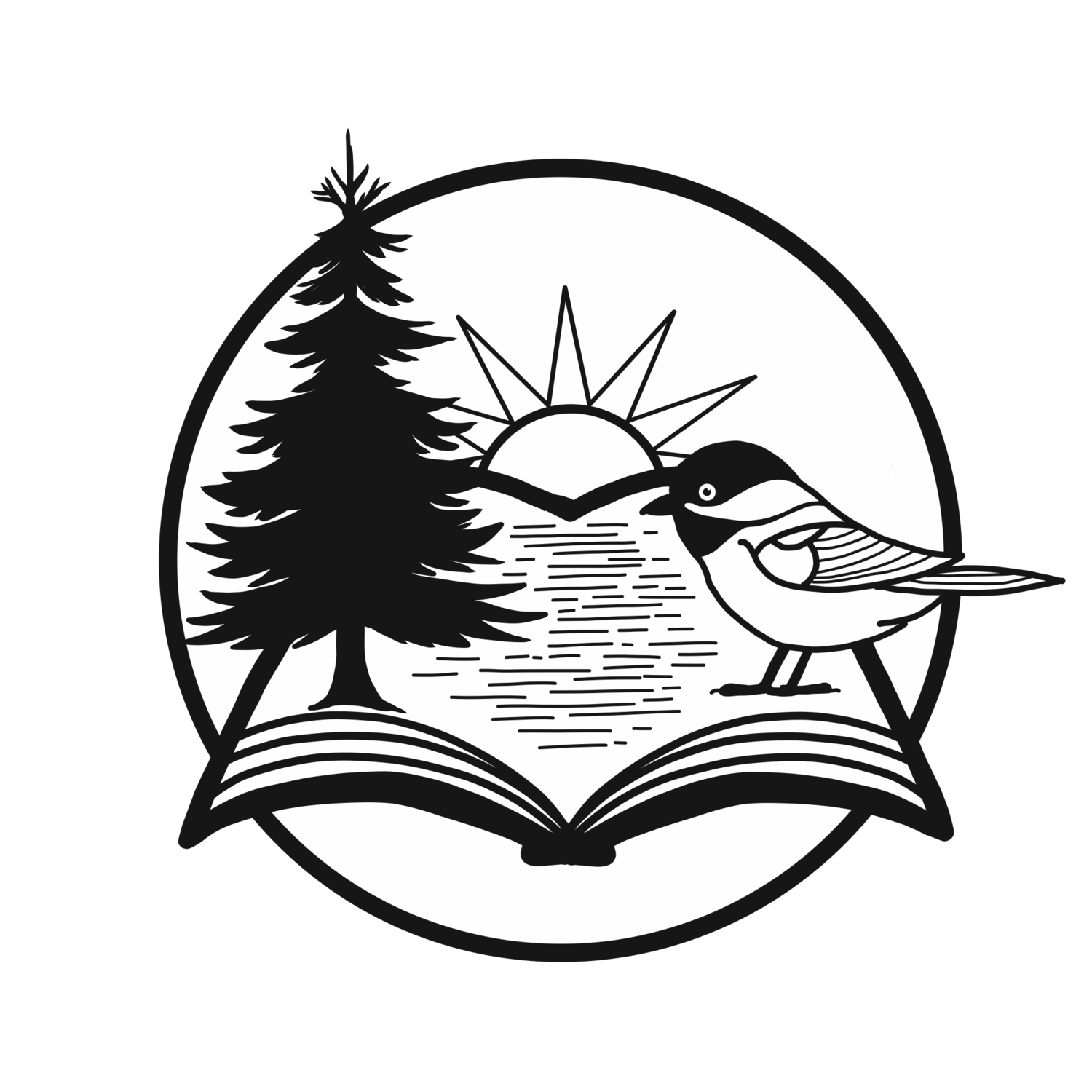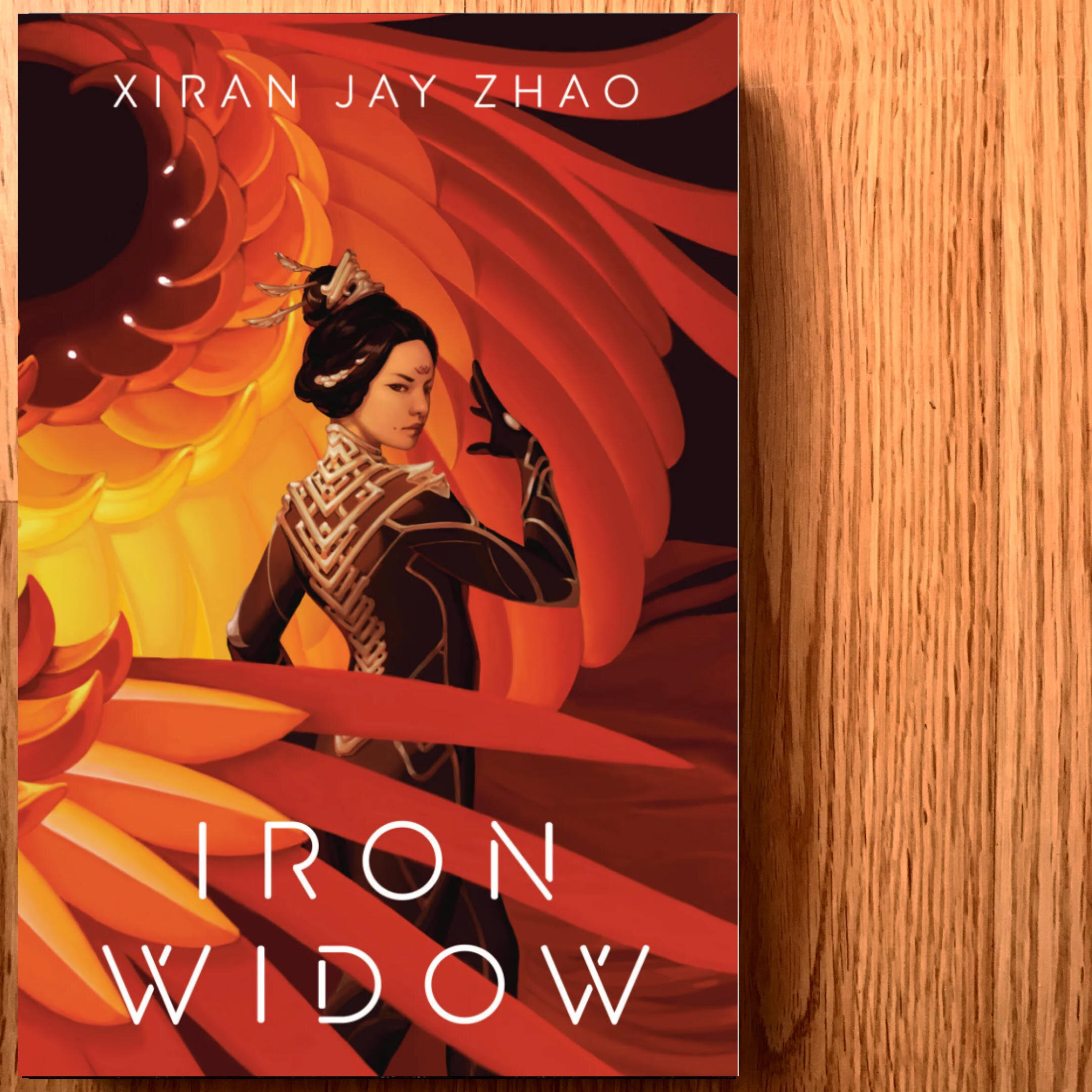What inspired you to include in each chapter of Lucky both a flashback from the past and a snapshot of the present? The result formed an incredible overview of Lucky’s life. How did you keep the different timelines separate yet cohesive to form the bigger picture in the story?
It was so important for me that my reader really want Lucky to be able to redeem that lottery ticket, to be rooting for her the entire book through – and very early on in the writing process I realized the only way to do that would be to go back in time. I knew if the reader understood her the way I did – which is to say, knew everything that had happened to her from birth to the present moment – they’d want her to win. And I wanted that because I wanted the ride with Lucky to be fun, and to feel good. I figured with everything that was going on in the world (and in my personal life; my mother was very ill as I was writing the novel and eventually passed away) this was exactly what was needed.
Keeping track of timelines is a tricky thing. I have author friends who use special programs and software. I’ve tried that, and I probably should try it again. But I always find myself drawn to simply using large sheets of paper and a pencil, mapping it all out by hand. I get lost sometimes, and other times realize I need to rearrange things so the story flows better. At that point it feels like a jigsaw puzzle, which is to say challenging and frustrating – but also incredibly satisfying to get right.
As a follow-up to the first question, what was your writing process for Lucky? Did you write each chapter in order or did you write large sections of either the past or present narratives individually?
I had already written about half of the novel before I realized I needed to start putting everything I knew about Lucky’s childhood on the page. So I ended up writing most of her really young childhood chapter portions at once. But when her past started to catch up with her present, I tended to write those chapters and timelines in tandem.
What I loved most about writing those past chapters – particularly the ones involving her as a young child – was that I was getting a chance to show what I already knew about her. That doesn’t always happen, even though most authors do know (or should know) everything there is to know about their main characters. In some of my past books, I’ve had scenes I’ve loved and wanted to include, scenes that dealt with past events, but they ended up cut because as much as I liked those scenes they had no proper bearing on the moments at hand. That was never the case here, because I was weaving the past with the present – and as I did it, it came so easily and I knew each of those past scenes had a place in the story. I found writing Lucky to be exactly the pleasure I needed it to be, in large part because of those dips into a past I was already so familiar with and compelled by, and will be grateful for that for a long time.
Lucky is a character that readers will root for until the very end. How do you write characters that are neither good nor evil but manage to keep them likable to readers even when the characters might make the wrong decision?
I got to share Lucky’s past with my readers. With other books, I may not have been able to share it all on the page, but I always knew it – which meant, no matter what (even with characters like Miles from The Last Resort) I understood where the character was coming from. Even if I didn’t like that character (Miles!!), I felt something for them. You have to, to write anything truly authentic.
I remember watching the moving ‘Maleficent’ with my kids when they were little and feeling like it was a lesson for my kids about the world: that people who are hurt and damaged will hurt and damage in return, but that does not necessarily make them bad people (and we need to be careful not to hurt others, because it will start a bad pattern). But it was also a lesson for me about characters. It reminded me to always go back and try to find that moment when the character begins to become who they are when we meet them. With most of my characters, that’s easy to do and a labour of love. With characters who may have more evil than good in them, it can be tough – but it’s still necessary.
With Lucky, I didn’t want to create a criminal character who was compelling and fascinating, yes, but also unquestionably bad. I never like the way I feel at the end of a story when I’m rooting for someone without a moral compass. I needed her to feel every crime she commited, to have regrets and a desire to set things right. That’s also why I chose to make her a con artist. People love con artists -- in fiction, at least! As far as I’m concerned (and I’m up at the cottage re-watching the Oceans movies with my son, so am really feeling it keenly) there is nothing more entertaining on screen or page than a good con or heist. It’s just so much fun to watch! And was fun to create, too.
Lucky takes readers on a riveting road trip from the West to East Coast. Was there a location featured in the book that had special meaning or was of particular interest for you to write?
A few years ago I went on a road trip with my family to the Adirondacks. I knew at the time I wanted to set something there, or at least write something where some of the meaningful scenes happened in the Adirondacks. So when Lucky came along, and she was traveling from coast to coast – and, especially when her father wanted to take her somewhere he considered special on vacation – that location came to mind.
One of our best memories of that trip was swimming at Chapel Pond, so I’m really glad I was able to work that into the book and make it such a poignant moment. Also, I don’t drive so having Lucky needing to get from place to place without the use of a car was easy for me to write.
Did your former career as a sports journalist influence your career or writing style as a fiction author?
I love that you asked this question because I’m mulling over a book right now that is bringing me back to those early days in my career as a sports journalist. That’s all I can say at the moment. It often feels like so long ago that I forget it happened! But it did happen, and working as a journalist certainly did inform my future career as an author. I’m now very deadline oriented, and find it almost impossible to work without one. So if my editors don’t give me a deadline, I create one for myself and work towards it. The people I work with are often surprised by how prolific I can be -- and I know that comes from having worked in a world where deadlines weren’t a choice. In journalism school, the idea of never missing a deadline was really emphasized. And my dad was a newspaper reporter, so I understood the concept of a deadline, and what it meant to miss one, at a very young age.
Working as a sports journalist also made me able to see the story in everything. To this day I love good sports journalism because it can contain a particular kind of beauty and joy I’m constantly nostalgic for.
What can we expect from your upcoming novel, The Holiday Swap, cowritten with Karma Brown under the pen name Maggie Knox?
Karma and I hatched a plan to write a feel-good holiday rom com in March 2020, during our first lockdown. We were lonely, and the world was in turmoil. The idea to write a holiday romance was really just a lark at first, a way for us to distract ourselves from everything going on. I don’t think we believed we’d actually do it, but found it entertaining to throw ideas around and talk about the most delicious and delightful plot ideas we could come up with – just for fun! But somewhere along the way, we fell in love with the idea. We wrote a book that has everything we love and look forward to about the holidays: snow, baking, family … and threw in the kind of love stories that can only be found in holiday romance movies, which we both enjoy. (There are two love stories in our book because it’s a twin swap. SO fun!) I think the result surprised us both. It’s charming, but also poignant and compelling. And I think because of who we are as writers it offers more than a typical romance might: it’s modern and feminist, too. It feels like the perfect holiday read, and we can’t wait to share it with readers soon.
Lucky is a story about hope. What advice would you give to aspiring authors who are hoping to get published?
My best advice is that publishing is a marathon, not a race. It will likely not happen at the pace you want it to – and is a tough road! You have to be resilient and determined. You have to be willing to put one project aside and try something new. I have a few unpublished manuscripts in drawers, and that’s ok! Each had something to teach me. But yes, putting them aside did break my heart at the time. So maybe that’s the last bit of advice I have: know that even if you do get your heart broken, it won’t be the end of your publishing dreams –but only if you have the strength and will to get up and keep trying. And the ability to learn something from those unpublished books and stories.
What is your “must-read” book recommendation and what book has had the most impact and influence on your writing?
A Prayer for Owen Meany. My husband doesn’t read much fiction (except mine) and a few years ago asked me to recommend one guaranteed good fiction read. The pressure! The anxiety! But he loved it. (Despite the fact that he spent most of his time reading it dealing with me watching him nervously.) He read the last page, looked up and told me he was a better person for having read it.
Owen Meany might be the book that has had the most impact and influence on my writing, too. Or at least, one of them. There have been many. But I know after I read it (and I was quite young, maybe 14?) I felt this call to become a writer who could at least attempt to make people feel the way I did as I read it. A good story should be so much more than just a compelling yarn. There should be mystery, secrets kept and revealed, the unrelenting urge to turn those pages, yes – but for a book to be great, there needs to be more. I want my books – even the holiday rom coms! – to achieve that more. Thinking about this is a good reminder of what I want to try to create in the future, and why I want to write at all.






















